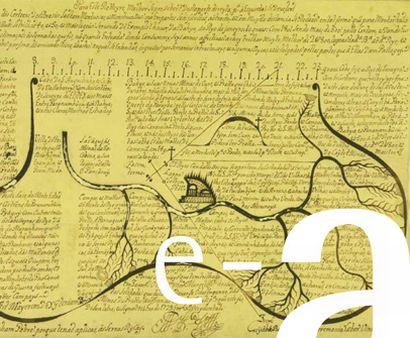Brazilian party formation from the Regency to the Conciliation, 1831-1857
DOI:
https://doi.org/10.11606/issn.1808-8139.v0i10p05-22Keywords:
political practices, monarchy, slavery, legislative power, parliamentary debates, liberalismAbstract
The parties derived from Chamber factions, led by orators representing the planting and commercial oligarchies and mobilized urban groups. The antecedents, clear in the 1823 Constituent Assembly, crystallize in the "liberal opposition" of 1826-31. The moderate majority dominated the first years of the Regency, but divided over more radical liberal reform. A reactionary movement led to a new majority party in 1837, emphasizing a strong state balanced by a representative parliament and cabinet. This party, eventually known as the Conservatives, faced an opposition, eventually known as the Liberals, who, while sharing some liberal beliefs, initially comprised an alliance of opportunity. After the emperor took power, he proved suspicious of partisan loyalties and ambitions, and increasingly dominated the cabinet, enhancing its power, undercutting the parties and parliament, and increasing state autonomy, as demonstrated in the Conciliação and its heir, the Liga Progressista. These tensions explain the meaning of the political crises of 1868 and the 1871 Lei de Ventre Livre and the legacy of cynicism over representative government which followed.Downloads
Download data is not yet available.
Downloads
Published
2009-11-01
Issue
Section
Forum
License
In the Editorial Guidelines, available in the website, readers are informed that all authors transfer to Almanack Braziliense the exclusive rights of reproduction of submitted manuscripts, implying acceptance of all items listed in the “Submission Guidelines” page. Authors are also informed that they are fully responsible for the reproduction rights of the images they provide.
The Journal has no constraints regarding the free reproduction of the texts available in the website, either by printing, photocopying or by any other means of reproduction.



